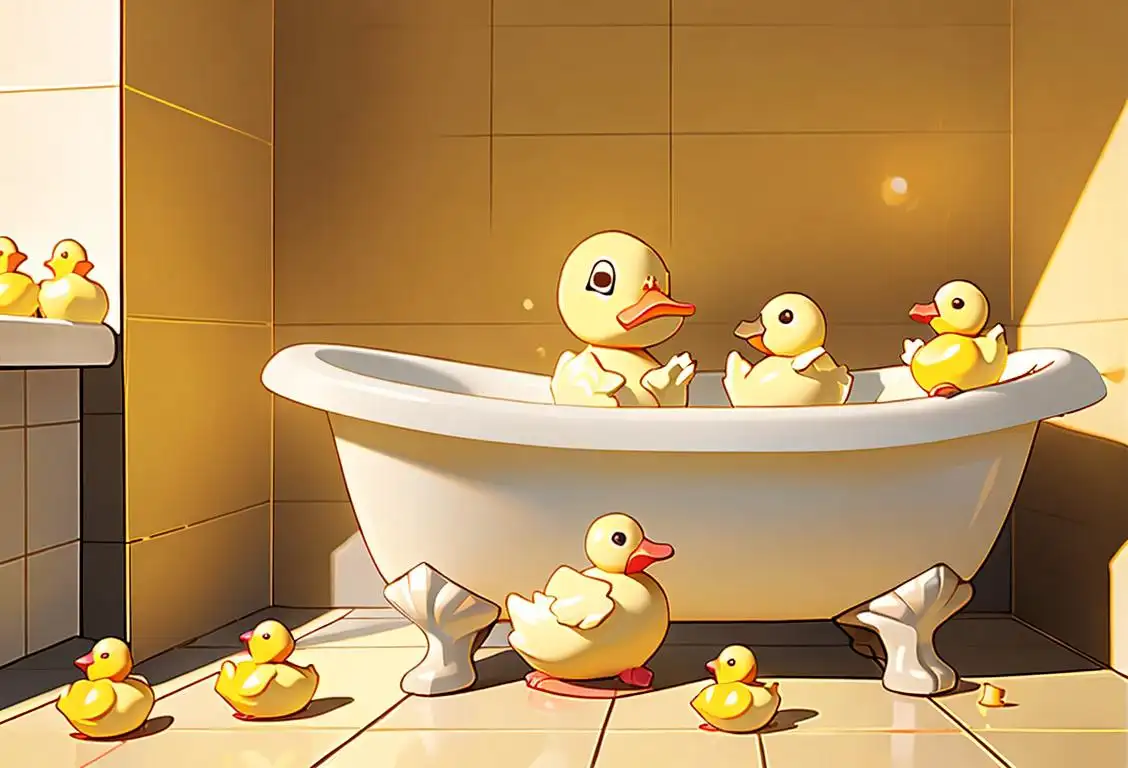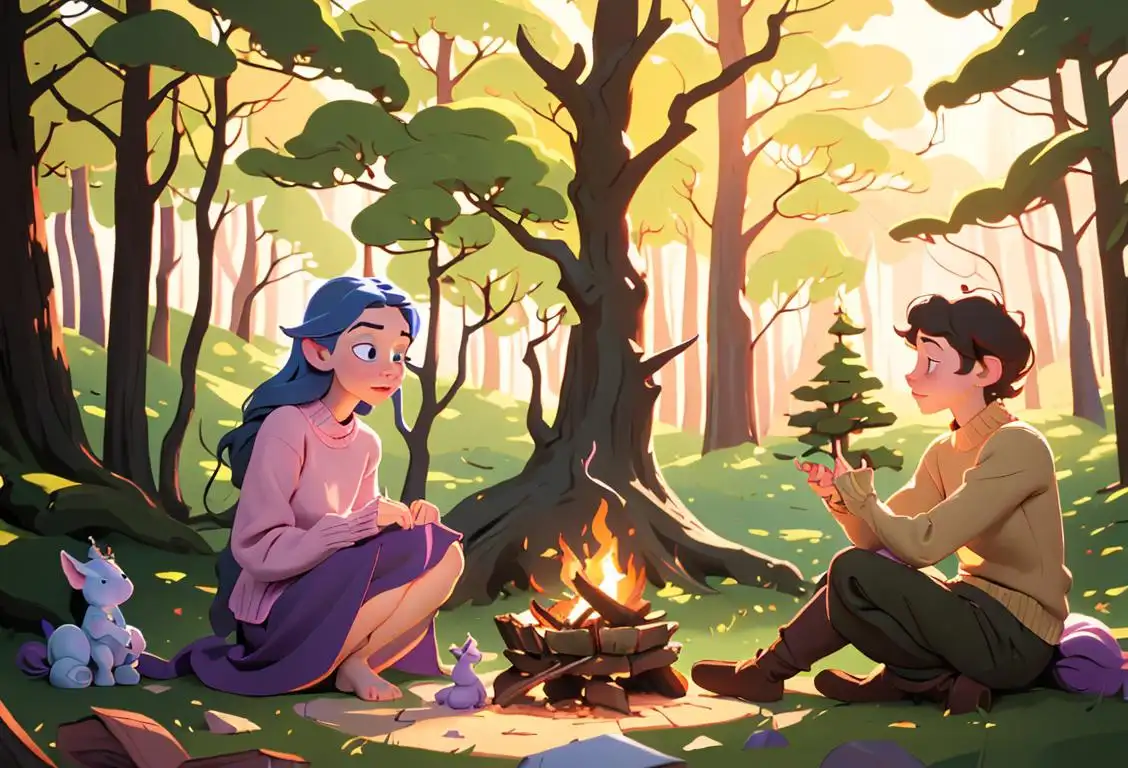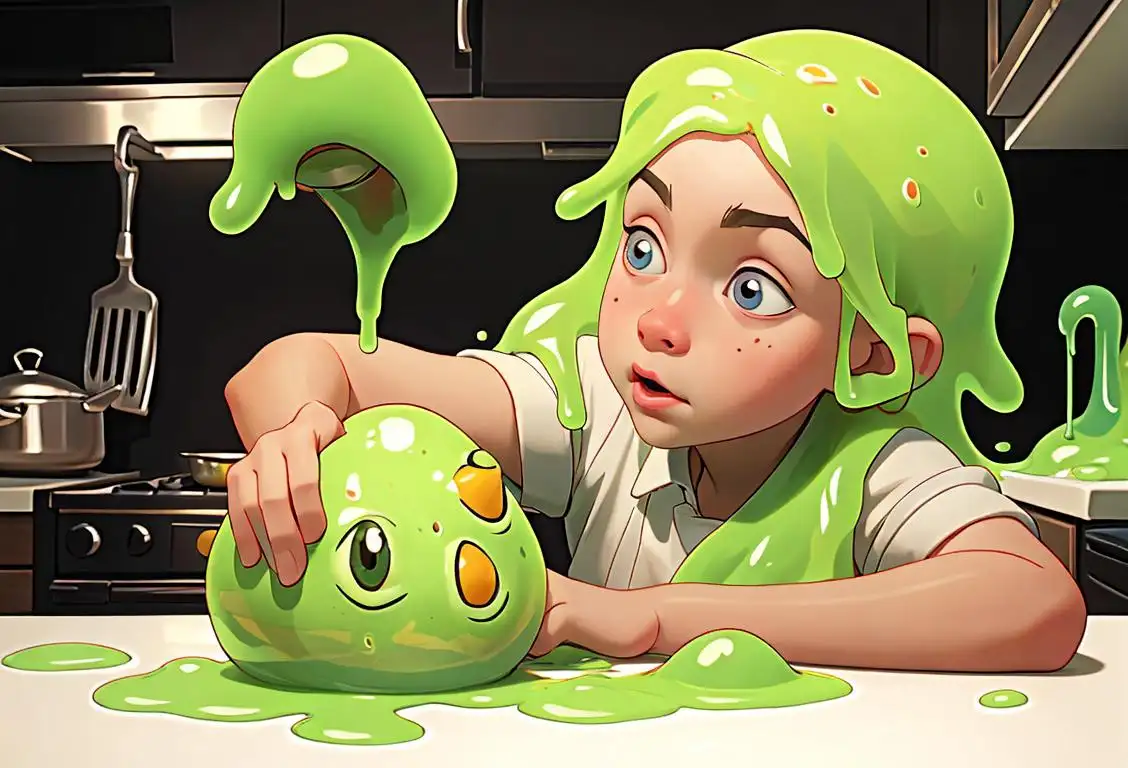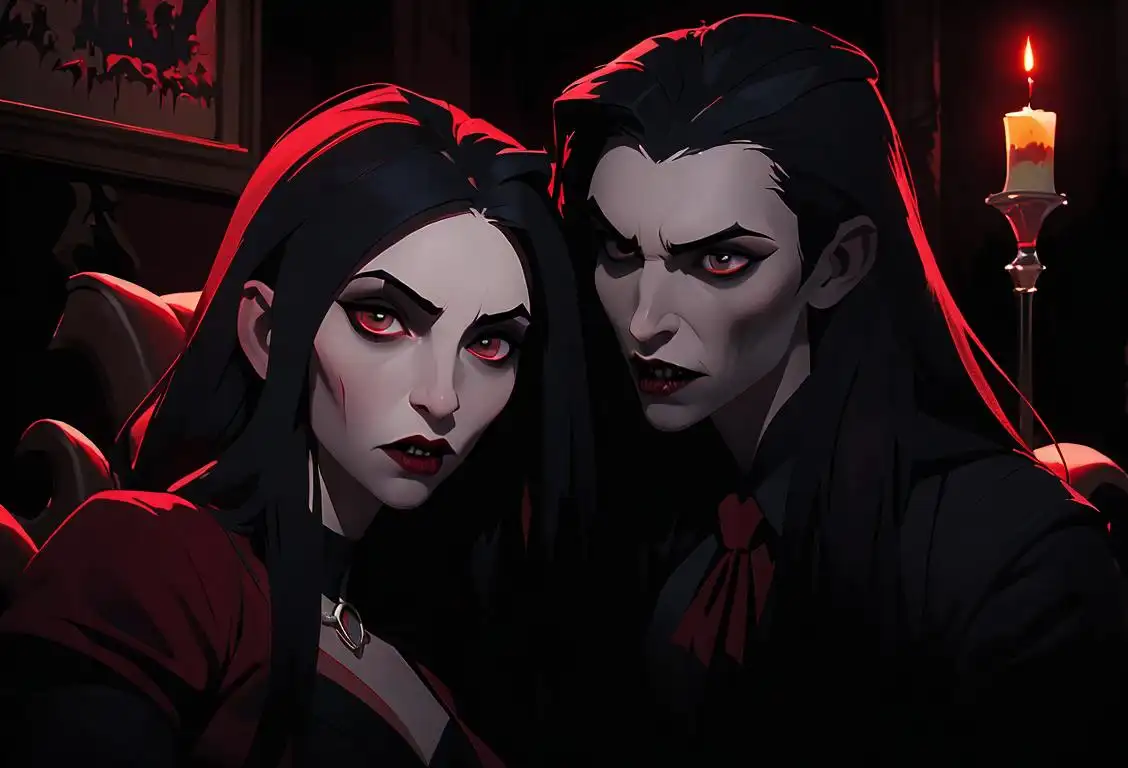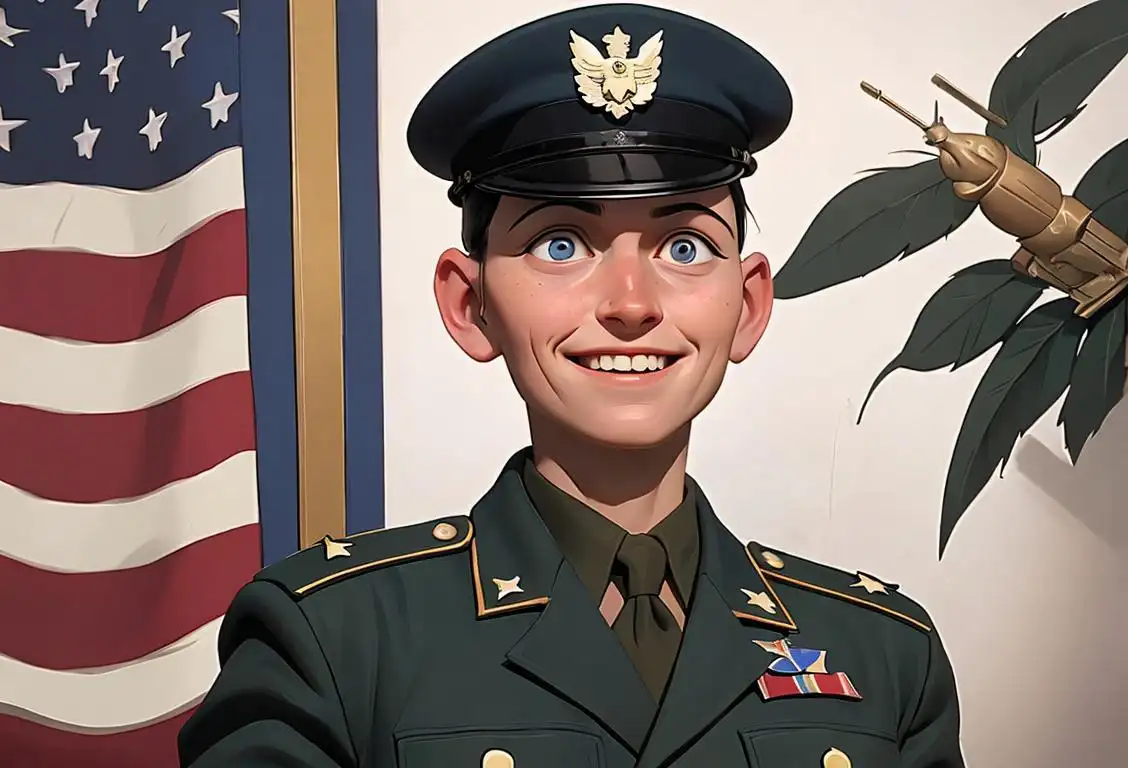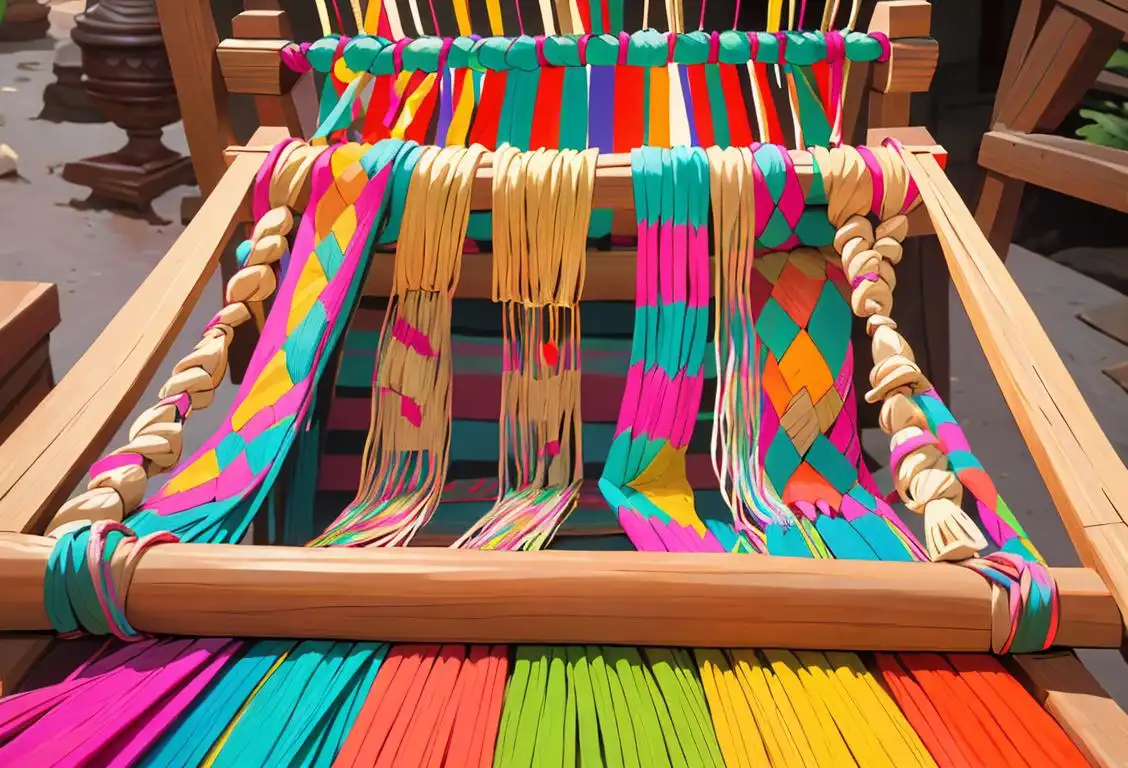National Tooth Fairy Day
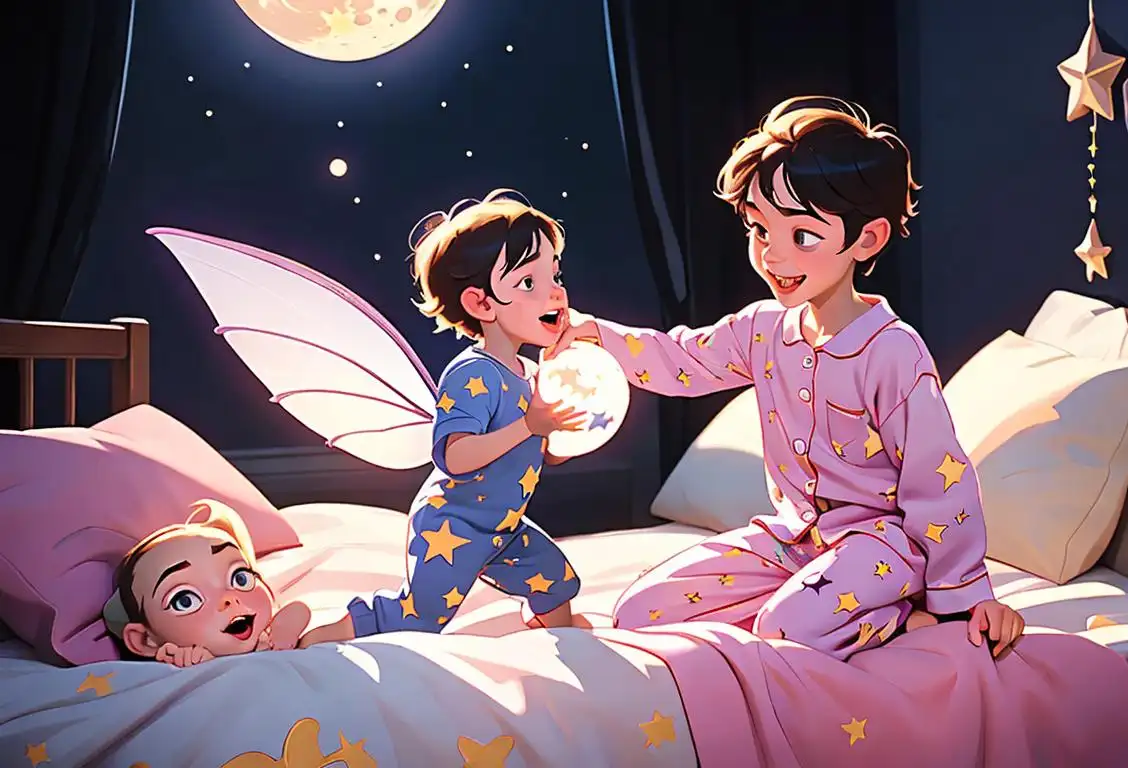
Ever lost a tooth? Ever proper celebrated it? Well, the Internet has! Gather round as we delve into the oral... I mean, online history, of National Tooth Fairy Day. A day so sweet, it'll make your teeth fall out... jokingly of course!
When is Tooth Fairy Day?
It's national tooth fairy day on the 22nd August.
A Belt with a Tooth and Pixie Dust
Believe it or not, National Tooth Fairy Day whirls into action twice a year, honoring this famed winged dental-interested sprite on both February 28th and August 22nd. Since whenever the internet started keeping track, we've noticed your gleeful chatter about it. In 2017, for instance, the internet teeth chatter peaked with an impressive 7081 mentions! Clearly, the tooth fairy managed to magic herself a lot of cyberspace attention!
The Loose Tooth Downtown
The ritual of tucking a tooth under a child's pillow goes way back, way before your grandpa's first dolphin dive on the internet. Yet, it was not until the advent of the digital age that celebrating the Tooth Fairy got its day, and boy oh boy, did the internet make her a celebrity! Whether it's parents documenting their kids' tooth adventures, dentists engaging their audiences or retailers pushing tooth fairy pillows, the internet adores the Tooth Fairy Day.
The Bicuspids and Molars of the Story
So why do we celebrate her? Simple! She makes a natural childhood fear - losing teeth, a little less, well, toothy. The little fairy turns something potentially scary into a magical adventure, creating a glee from what could have been a traumatic experience! That's worth celebrating, don't you think?
Time to Celebrate
Will you be joining in the next e-celebration? Brush, floss, and check under the pillow. We don't know about you but, we're eager already for the tooth adventures awaiting on our feed!
History behind the term 'Tooth Fairy'
1927
The Birth of the Tooth Fairy
The concept of the tooth fairy first emerged in the United States in 1927. It is believed to have been inspired by various mythological traditions where magical beings exchanged lost teeth for some form of reward or protection. This marked the beginning of the popular modern-day tradition.
1949
The Term 'Tooth Fairy' Coined
The specific term 'tooth fairy' was first used in a children's play titled 'The Tooth Fairy' in 1949. This play helped solidify and popularize the term, making it a household name and firmly establishing the character of the tooth fairy.
1950
Tooth Fairy Iconography
In the 1950s, the tooth fairy began to take on a more defined appearance and character. Artists and illustrators started portraying the tooth fairy as a small, winged creature or a fairy-like figure, usually depicted with a wand or pouch to collect teeth. This visual representation helped shape the modern image of the tooth fairy.
1970s
Popularization of Tooth Fairy Traditions
During the 1970s, the tooth fairy tradition gained significant popularity and became ingrained in Western culture. The practice of placing a lost tooth under the pillow in exchange for a small gift or money became commonplace. It was seen as a way to celebrate the milestone of losing a baby tooth and to bring comfort to children.
1980s
Commercialization and Pop Culture
In the 1980s, the tooth fairy became an increasingly prominent figure in commercial and popular culture. Books, movies, and television shows started featuring the tooth fairy prominently, further cementing her place in the imaginations of children and adults alike. This period saw the tooth fairy become a beloved and well-recognized character globally.
Did you know?
Despite our current economy, the Tooth Fairy seems to be doing quite well! The average monetary gift in US has risen from merely 25 cents per tooth in 1950 to approximately $5 in 2021!Tagged
awareness fun folklore kids oral healthFirst identified
6th July 2015Most mentioned on
22nd August 2017Total mentions
7081Other days
Tooth Fairy Day
Rubber Ducky Day
Tell A Fairytale Day
Slime Day
Vampire Day
Memorial Day
Heroes Day
Former Prisoner Of War Recognition Day
Liberation Day
Handloom Day
